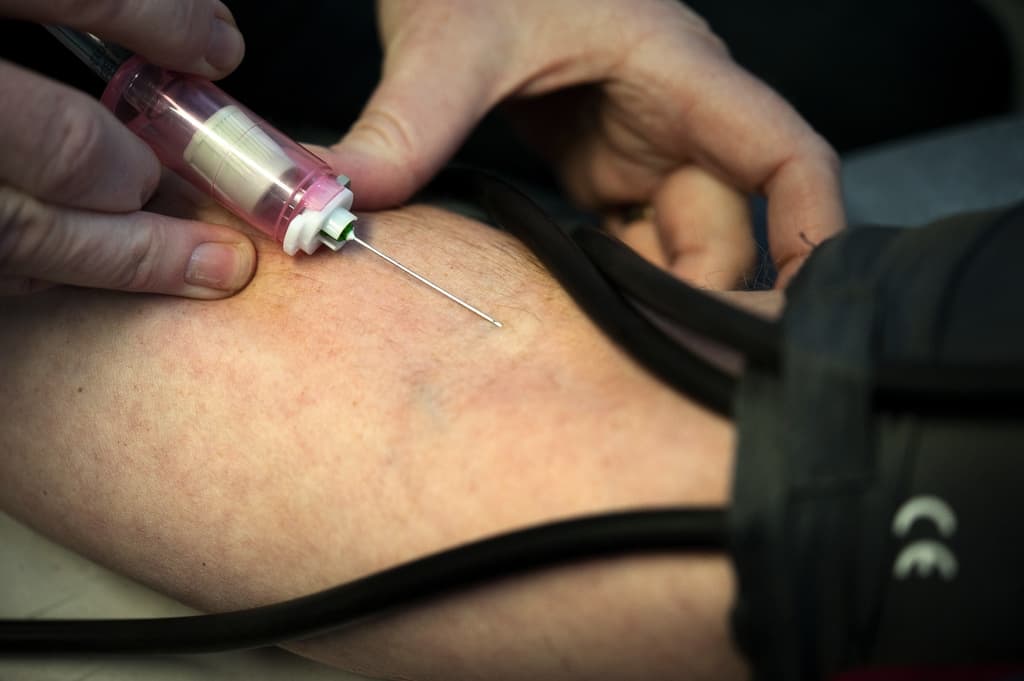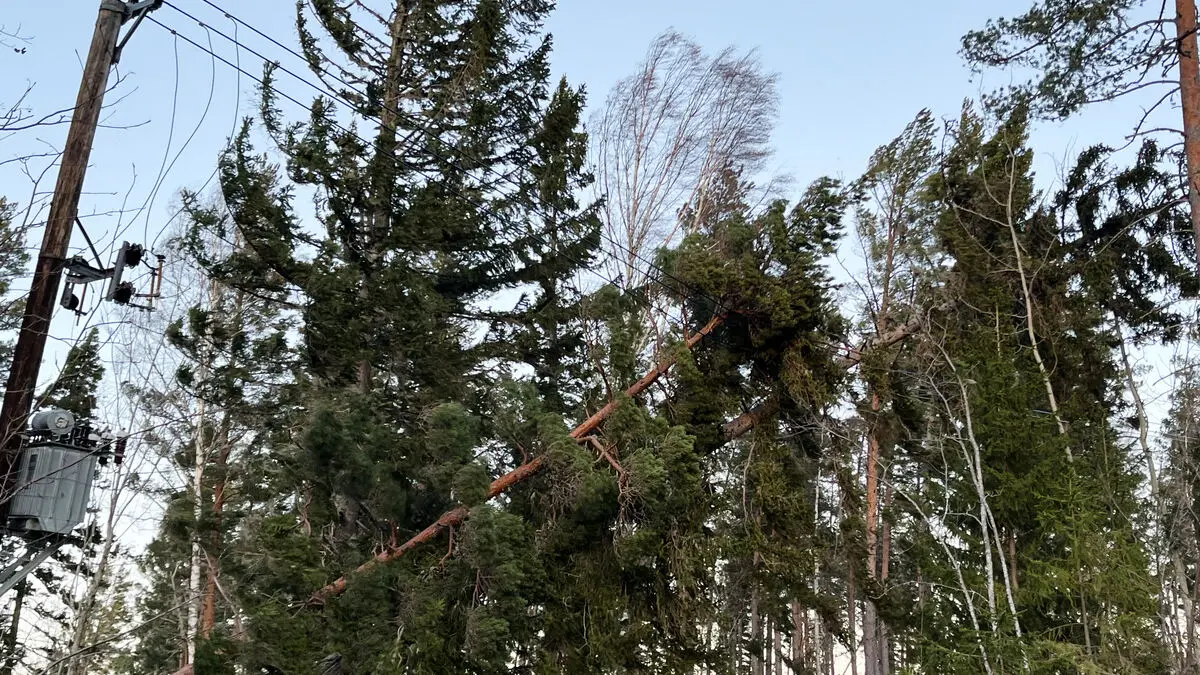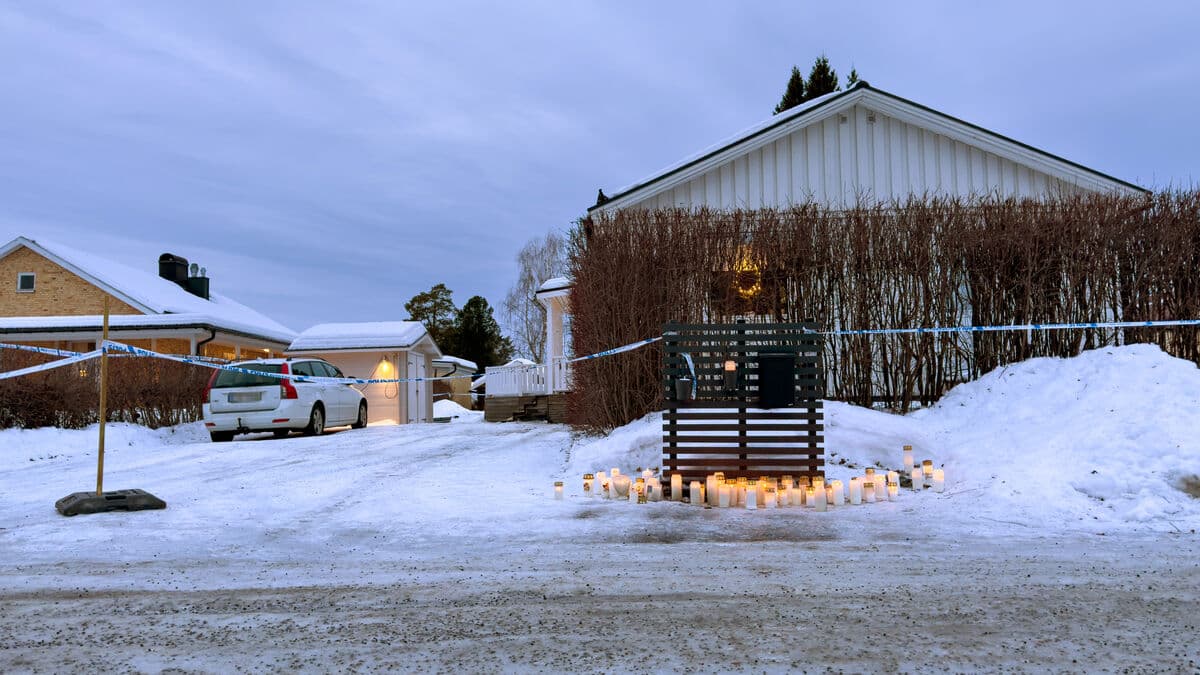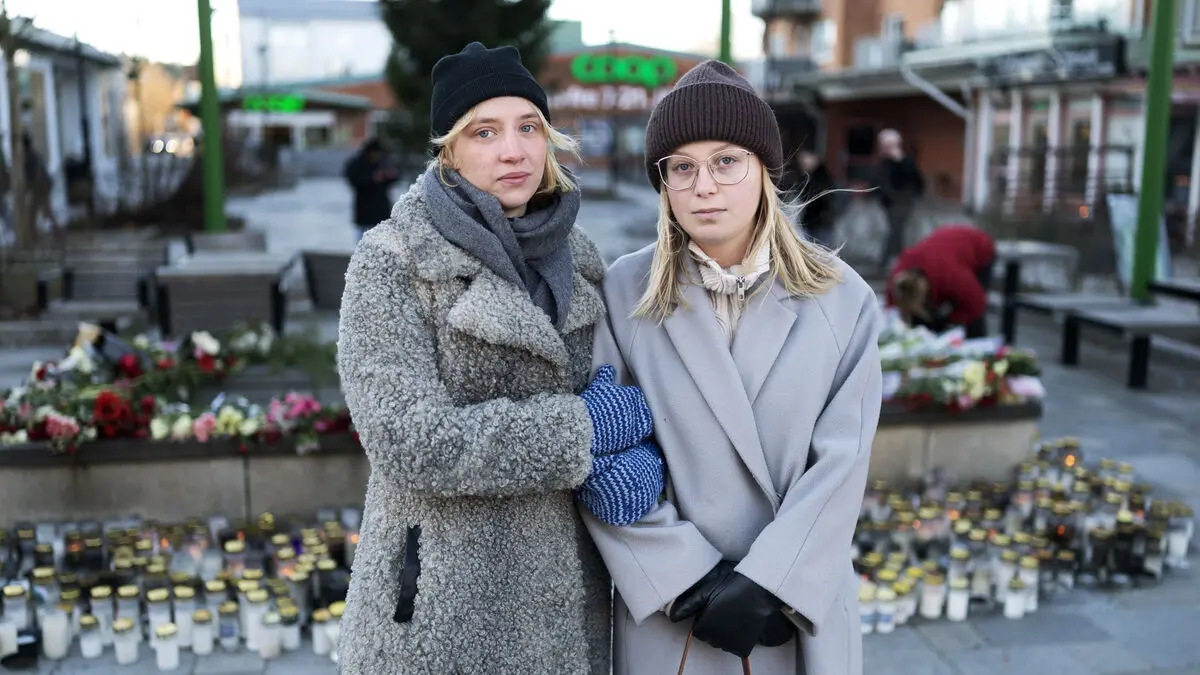Older men who have other diseases and are diagnosed with prostate cancer often do best by not receiving treatment – so-called "wait and see" strategy.
This is about men who receive a diagnosis of localized prostate cancer at an advanced age. They can benefit from waiting for treatment.
Together with colleagues, he has compiled data on 5,234 men in the National Prostate Cancer Registry with a predicted survival rate of less than ten years. Survival was based on age and other diseases that men had.
Of the men who died within ten years of diagnosis, 92% of those with low-risk cancer and 84% of those with high-risk cancer died of other causes than prostate cancer.
The results, published in Jama Network Open, show that most of these men did not need hormone therapy. Hormone therapy is given when prostate cancer grows and causes symptoms and aims to reduce levels of male sex hormone. Side effects include, for example, an increased risk of bone fractures, reduced muscle mass, poor blood sugar regulation, and loss of sexual function.
In Sweden, this strategy is used, according to Pär Stattin, as supported by the study.
For men with a longer predicted survival rate and localized prostate cancer, the "active monitoring" strategy is used. This involves closer follow-ups, including PSA checks and MRI examinations. Treatments for cancer that show signs of growth are surgery or radiation.





